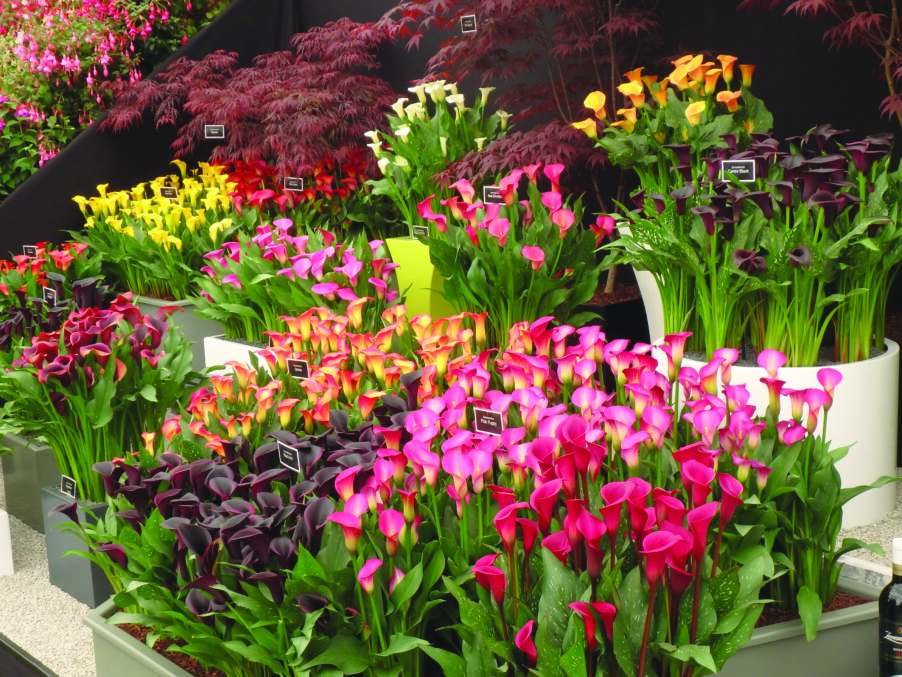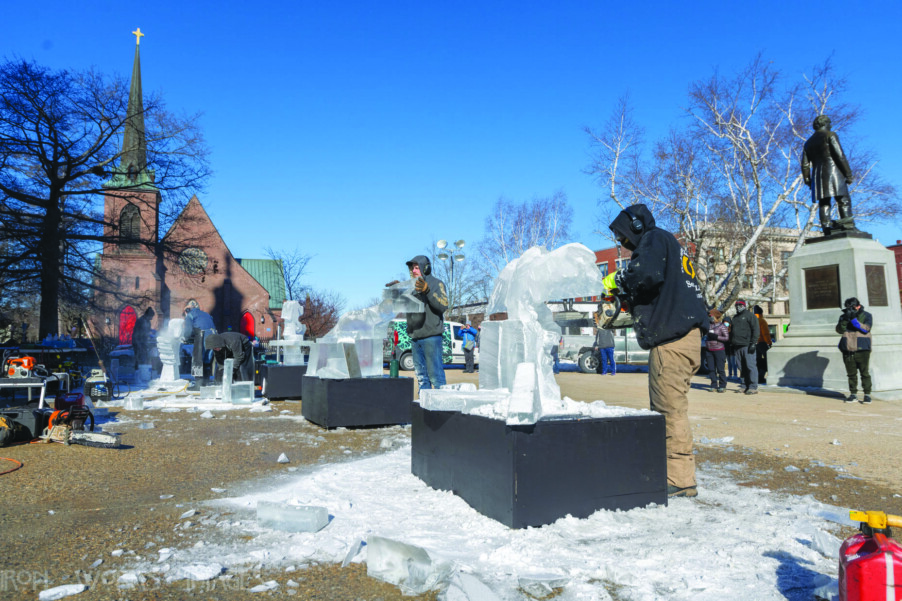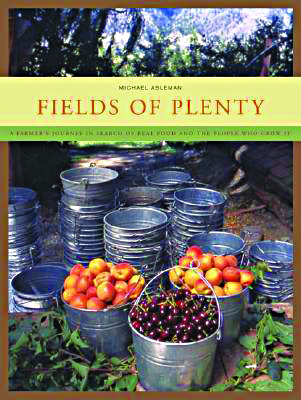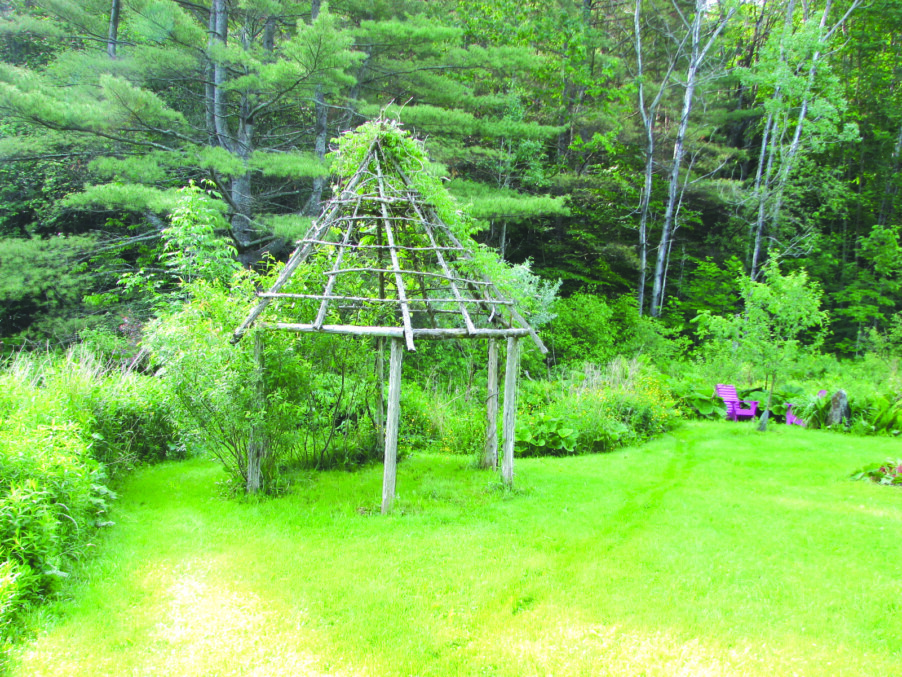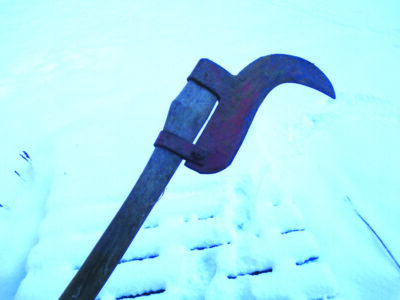Get your tickets now
The spring flower shows are always a contrast to the cold, icy days of winter. Bright flowers, garden paraphernalia and numerous workshops make these events fun, for both beginner and expert. Here are this year’s offerings.
The first show of the season is a specialty show: orchids. The New Hampshire Orchid Society is holding its annual get-together Friday, Feb. 10, to Sunday, Feb. 12, at the Courtyard Marriott in Nashua. This is the show for orchid lovers. There will be vendors of orchids from Ecuador, Taiwan and the U.S. Members of the Society will bring their orchids to compete and to strut their stuff. Admission is just $10, or $8 for seniors.
Next up is the Connecticut Flower and Garden Show Feb. 23 to Feb. 26. This is a mammoth show with more than 3 acres of displays. As always, it is being held at the Connecticut Convention Center in Hartford, Connecticut. Tickets are $20 at the door, or $17 in advance. Kids 5 to 12 are $5.
One of the greatest things about this show is the educational seminars. Here are a few workshops that interest me: “Good Bug, Bad Bug, Benign Bug.” This is great for anyone who tends to squish any bug in the garden even though most are not a problem. I assume there will be slides of insects we should recognize but probably don’t. Then there is one on organic lawn care, and another called “Shady Characters.” I know garden writer Ellen Ecker Ogden of Vermont will do a nice slide presentation and talk about kitchen garden design and how to make your veggies look artful. She always does.
One of my favorite shows is always the Vermont Flower Show. It will take place this year March 3 to March 5 at the Champlain Valley Expo Center in Essex Junction, Vermont. The theme this year is “Out of Hibernation! Spring Comes to the 100-Acre Wood,”a tribute to Winnie-the-Pooh.
The main garden display is always a collaborative effort by members of the Vermont Nursery and Landscape Association. For three and a half days members of VNLA will work together to create a 15,000-square-foot display using their own and donated materials. Other shows tend to have displays by professionals that are competing with each other, but not in Vermont — they work together.
There will be more than 100 vendors and 35 workshops to attend over the three days of the event. In the past I have purchased seeds, seed potatoes, bulbs, books and garden tools. Tickets are $25, or $20 for seniors. Kids are $7.
The Vermont show is a child-friendly event with a craft room open all day. Go online to see the schedule of events for kids — there will be a magician, marionettes and music. Be sure to attend this year — it only occurs every other year.
A bit farther afield there is the Philadelphia Flower Show. Last year they held it outdoors in May due to Covid concerns, but this year they are back inside the Pennsylvania Convention Center in downtown Philly March 4 to March 12. According to their publicity, “The PHS Philadelphia Flower Show is both the nation’s largest and the world’s longest-running horticultural event, featuring stunning displays by premier floral and landscape designers from around the globe. Started in 1829 by the Pennsylvania Horticultural Society, the Show introduces diverse and sustainable plant varieties and garden and design concepts. In addition to acres of garden displays, the Flower Show hosts esteemed competitions in horticulture and artistic floral arranging, gardening presentations and demonstrations, and special events.”
I’ve been to the Philly show a couple of times and I am always amazed by the sheer size and diversity of the displays, vendors and workshops. It is best to go mid-week when crowds are smaller, and take two days, if you can, to see it all. Tickets are $43.50 for adults and $20 for kids.
A show I have yet to attend is the Capital Region Flower and Garden Show in Troy, New York, which will be held again this year at Hudson Valley Community College in Troy from March 24 to March 26. According to their website, there will be 160 vendors and exhibitors and eight to 10 workshops each day.
Then in May there is the New Hampshire Farm, Garden and Forest Expo being held this year at the Deerfield Fairgrounds on May 5 and May 6. It is now in its 40th year and is the least commercial of all the shows. It is focused on sharing information.
Finally May 23 to May 27 there is the Chelsea Flower Show of the Royal Horticultural Society (RHS) in London, England. I’ve been, and it was well worth the trip. It’s held outdoors and is truly wonderful.
If you plan to go to Chelsea, join the RHS to get better access times and pricing. Members get a discount of over $10 per day, but prices still range from $89 to $46 depending on the day of the week. British women tend to dress up for this show and wear big colorful hats. The first two days are for members only, so it should be a bit less crowded.
The spring flower shows are fun — and we deserve that after a long New England winter.
Featured photo: Courtesy photo.

